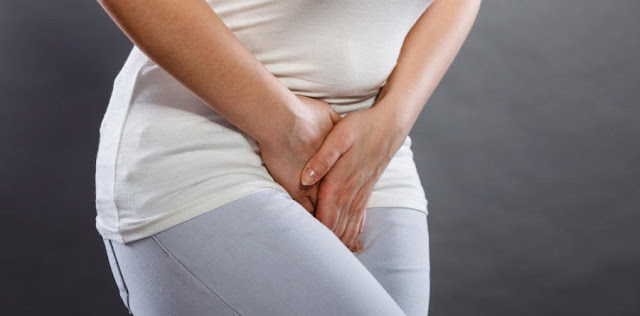What is urinary incontinence in women?
What is urinary incontinence in women?
 |
| Image Source - Google | Image by - adultpediatricuro |
Urinary incontinence, which is called "urinary incontinence" in medicine, is involuntary incontinence and inability to control urine. Urinary incontinence problem may occur due to many reasons, but the incontinence seen in women is based on the weakening of the bladder and pelvic floor muscles, and related disruption of the bladder neck and urethra.
Urinary incontinence is seen in all age groups in women, but it is more common in later ages, especially after menopause. After menopause, decrease in estrogen production, loss of elasticity of tissues, weakening of muscles and nerves, weight gain and chronic diseases are the most important factors that cause urinary incontinence. Urinary incontinence is seen in all age groups in women, but it is more common in later ages, especially after menopause. After menopause, decrease in estrogen production, loss of elasticity of tissues, weakening of muscles and nerves, weight gain and chronic diseases are the most important factors that cause urinary incontinence.
What problems do women with urinary incontinence have?
- Urinary incontinence causes the genital area to remain constantly wet, bacteria to grow, bad odor, irritation and infection. Therefore, underwear should be changed frequently and care should be taken to keep the genital area dry.
- The most negative aspect of urinary incontinence is the person's distancing himself from the social environment. The person does not even want to leave the house because he is uncomfortable with both the feeling of shame and that feeling. He avoids consuming water or liquid foods and pays attention to having a toilet nearby wherever he goes. Urinary incontinence is one of the most important problems that reduce the quality of life for women and cause social isolation in women.
There are some types of Urinary Incontinence. Treatment depends on the sort of incontinency.
- Stress Incontinence:It is seen in cases of increased intra-abdominal pressure. The person cannot hold their urine while lifting weights, sneezing, laughing or coughing.
- Urge Incontinence: The person suddenly feels that urine is coming and incontinence before even reaching the toilet.
- Mixed incontinence: It is the occurrence of both urge and stress incontinence at the same time.
What are the causes of urinary incontinence?
Urine from the kidneys accumulates in the bladder. Urination and storage are controlled by the bladder muscles and pelvic floor muscles. The weakening of these muscles and the nerves and vessels that feed them for any reason causes the person to be incontinent. In the weakening of the muscles, it is effective to have conditions that increase intra-abdominal pressure such as difficult birth, overweight, aging, being overweight, chronic diseases, constipation, chronic cough and entering menopause.
How to treat urinary incontinence?
Since there are many causes of urinary incontinence, the treatment method varies accordingly. In the treatment, first of all, it is taken into consideration how uncomfortable the person is and how much it affects his daily life.
For women with mild urinary incontinence, the use of bladder pads alone may be sufficient. However, urinary incontinence may be a serious problem in women who work and have active social life, even if it is mild.
In women with urinary incontinence complaints, the underlying problem is found first and treatment planning is made for the problem. If the person is overweight, weakening is provided. Constipation and chronic cough are treated. If urinary incontinence is due to infection, antibiotic treatment is applied. In diabetes and blood pressure patients, these are taken under control and their medications are regulated.
In women with urinary incontinence, it is checked whether there is sagging and the strength of the pelvic floor muscles is checked. Kegel exercises are taught to those with muscle weakness to strengthen the muscles. In women who cannot exercise or do not know how to exercise, the muscles are re-worked using electrical stimulation devices. Vaginal apparatuses that facilitate urine retention are attached to those with prolapse. It is checked whether it works or not.
Bladder training and drugs that suppress bladder contractions are used as treatment in patients with urge type urinary incontinence. If there is urinary incontinence that starts after menopause, estrogen therapy can be applied to make the tissues healthier.
Surgery is considered in patients who are not suitable for these methods or who do not benefit from them. There are various surgeries for urinary incontinence. Some of these are simple procedures such as filling material injection that can be performed even under local anesthesia. Some of them are more complex procedures performed under general anesthesia.








No comments